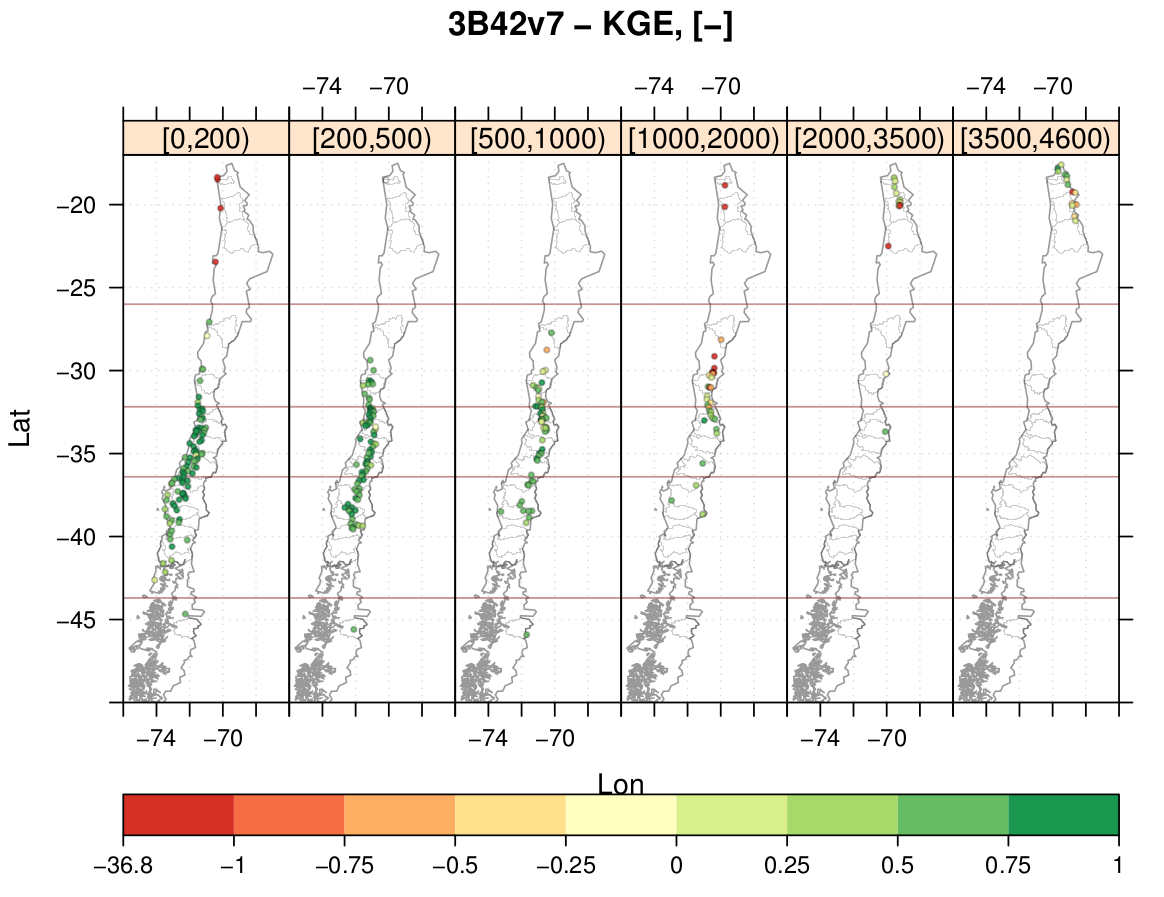


 Expected changes in precipitation and temperature by 2050 (La Tercera)
Expected changes in precipitation and temperature by 2050 (La Tercera)
A recent study, delivered in July 2016, projected that by 2050 Santiago will have the most extreme variation in temperature of all regional capitals, with 2.7°C, which is 14% higher compared to today. In winter, the increase will be 1.7%, representing an increase of 19%, while precipitation will be reduced by 55 millimeters (mm), 15% less.
 Megadrought expands to southern Chile (La Tercera)
Megadrought expands to southern Chile (La Tercera)
Today the country is experiencing one of the longest and most geographically extensive droughts in its history, which has nearly eight years in some sectors, and extends from the Coquimbo to the La Araucania region. Experts estimate that in the future these cycles would increase.
 Drought in Puyehue and Rupanco lakes (SoyChile.cl)
Drought in Puyehue and Rupanco lakes (SoyChile.cl)
After Austral de Osorno revealed the worrying decline in the water levels of Llanquihue Lake in the surrounding of Puerto Octay, it was found that is not the only lake basin of the region affected by the lack of rainfall that experts have attributed to climate change.
 July 2016 was world's hottest month since records began, says Nasa (The Guardian)
July 2016 was world's hottest month since records began, says Nasa (The Guardian)
Nasa’s results, which combine sea-surface temperature and air temperature on land, show July 2016 was 10th month in a row to break monthly temperature record.
 PhD summer school Remote Sensing applications for Water Accounting
PhD summer school Remote Sensing applications for Water Accounting
Water accounting is a fundamental basis to understand water availability and demands and the related benefits and efficiencies are related to water uses. While the fundamental data needed for establishing water accounts is often missing, Remote Sensing can contribute to fill the data gaps.
 Research and Education Week on the Water, Energy and Food Security Nexus
Research and Education Week on the Water, Energy and Food Security Nexus
The Water-Energy-Food Security Nexus (WEF Nexus) is currently a highly important debate in environmental policy with expected implications for priorities in research, education and international cooperation. Increasing demands for water, energy and food together with external and internal change drivers on current natural resources use patterns make the Nexus idea crucial to understand the multiple resource use interlinkages.
 2015 was the warmest year ever recorded on Earth (NASA-NOAA)
2015 was the warmest year ever recorded on Earth (NASA-NOAA)
2015 was the warmest year ever recorded on Earth, and it was not even close.
On January 20, 2016, scientists from NASA and the National Oceanic and Atmospheric Administration (NOAA) released their analyses of surface temperatures for the past year.